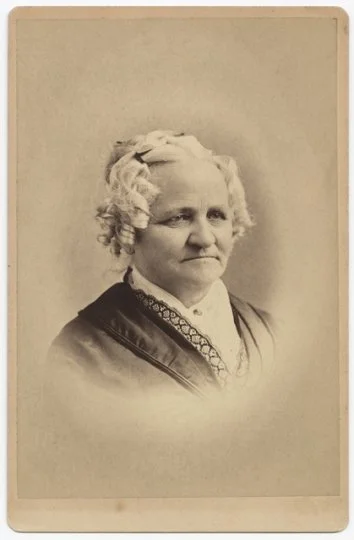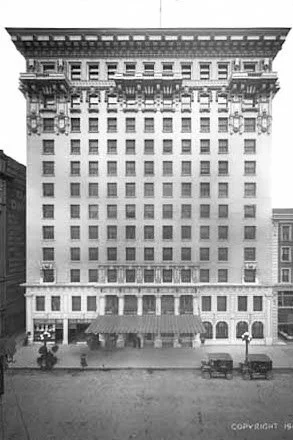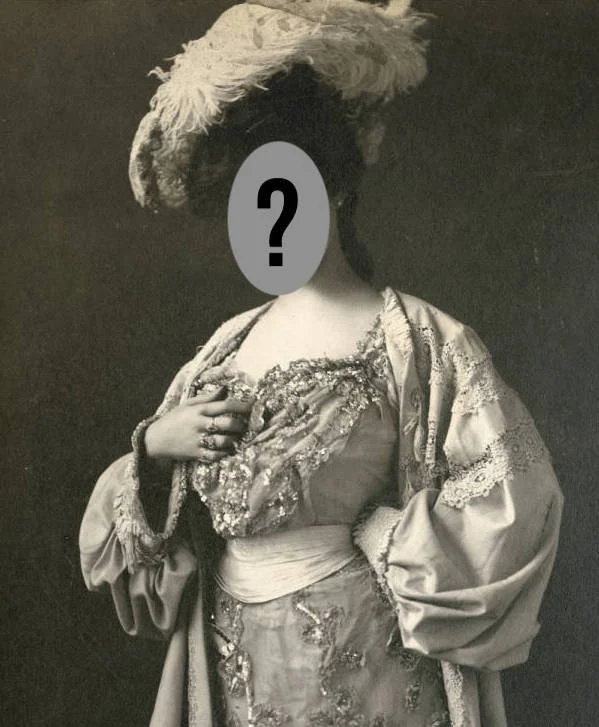Charlotte Van Cleve
In 1819, Charlotte Ouisconsin Clark was born near Prairie du Chien in the Wisconsin Territory. Her family was on their way to what would become Fort Snelling. Captain Nathan Clark would be in charge of the commissary at the future fort. Her mother, also named Charlotte, bravely traveled into the wilderness at nine months pregnant to be with him.
Charlotte’s early life was like that of any other Army brat, moving around to various outposts. At 17, she married a soldier named Horatio Van Cleve. After living in Ohio, Michigan and Missouri - they settled in Long Prairie, Minnesota until the Civil War pressed her husband back into service. Horatio re-enlisted and led the 2nd Minnesota Volunteer Infantry Regiment and Charlotte returned to her childhood home. As Horatio rose to the rank of Colonel, the strain and stress of the war was hard on Charlotte. Only in her 40s, her hair turned completely white.
After the war, the Van Cleve’s moved to Saint Anthony. Charlotte and Horatio raised 12 children of their own and adopted 10 more. Their home still stands and is listed on the National Register of Historic Places. It is also featured on the commemorative 6th Avenue Sculpture Walk.
In 1888, Charlotte wrote her autobiography: “Three Score Years and Ten” recounting the many firsts of her life:
In 1819, she was the first non-indigenous child born in the Wisconsin Territory.
In 1823, she saw the first steamboat arrive at Fort Snelling.
In 1862, she saw the first train pull into the station at Saint Anthony.
In 1876, she became the first woman elected to the Minneapolis Board of Education.
In 1876, she opened and ran the first home for unwed mothers and prostitutes in Minnesota. When the home opened, Charlotte was quoted in the newspapers:
“Where are the men who make these girls what they are? Go find them in our business marts, drawing rooms, and churches. Men are getting rich on the toil and tears of famishing women and children.”
In 1905, she rode in one of the first automobiles in the city to a celebration at Fort Snelling.
There once was a school named in her honor, but today there is a park - and of course, the Van Cleve house, that still stands in Minneapolis.
If you ever feel like the world is changing too fast, just think about all the changes that Charlotte saw and embraced during her remarkable life.




























